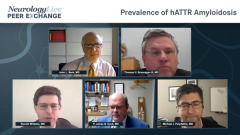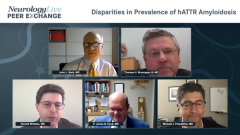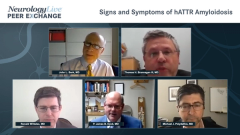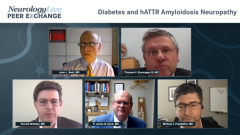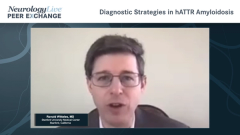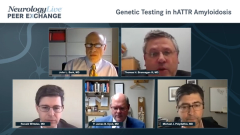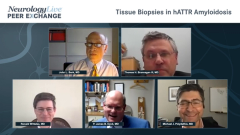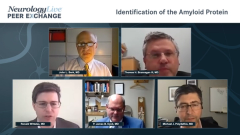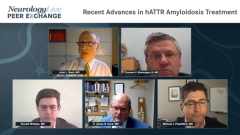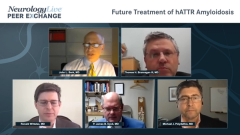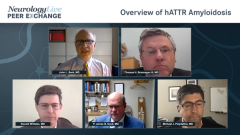
Identification of the Amyloid Protein
The use of mass spectrometry is the gold standard in amyloid proteins.
Episodes in this series

John L. Berk, MD: Dr Witteles, you’re way out at Stanford. What’s the importance of typing the protein and how do you do it?
Ronald Witteles, MD: It is extraordinarily important. If you’re biopsying, certainly on the cardiac side, by definition there’s some doubt as to what the type might be. If it’s ATTR [transthyretin-mediated amyloidosis] you can usually do it without even needing to biopsy. I am certain we all have stories of patients who have been treated for the wrong form of amyloid because either it wasn’t typed or it was mistyped. That is a dual tragedy from missing the opportunity to treat what they actually have and the toxicity of whatever treating they’re getting; you never want to make that mistake.
There are 2 main ways it can be done: immunohistochemistry or mass spectrometry. Without a doubt, the gold standard is mass spectrometry. As a general rule, that’s how it should be done. We have a world-class cardiac pathologist at Stanford. If he calls it [ATTR] off immunohistochemistry, I’m going to feel confident in what he says. That’s because he is an exceedingly experienced world-class pathologist and is not going to overcall or undercall. This is a high-stakes diagnosis to get right. Mass spectrometry is the gold standard; it can easily be sent out through referral centers like Mayo Clinic. In general, I would recommend that.
John L. Berk, MD: I’m going to ask you a quick question, looking for a concise answer. You’ve got someone who’s got AL [light-chain amyloidosis], and they develop cardiomyopathy. What’s your thinking? Is that always AL amyloid cardiomyopathy?
Ronald Witteles, MD: I’ll try to be concise. AL tends to go to whatever organs that particular light chain is prone to go and keep going there. If you have somebody who’s years into a diagnosis who previously had light-chain AL involvement of the kidneys who develops a new cardiomyopathy, I wouldn’t be certain of that. On the other hand, if somebody presents with proteinuria and a thick heart and they got a renal biopsy that shows light chain amyloidosis, I’m not biopsying the heart again or working up for other causes. Theoretically, can you have coexisting AL and ATTR? Absolutely, but it’s awfully rare, and it would really need to be like that first scenario for me to really chase it down.
John L. Berk, MD: Thank you for watching this NeurologyLive® Peer Exchange. If you enjoyed the content, please subscribe to our e-newsletters to receive upcoming Peer Exchanges and other great content right in your in-box.
Transcript Edited for Clarity
Newsletter
Keep your finger on the pulse of neurology—subscribe to NeurologyLive for expert interviews, new data, and breakthrough treatment updates.

